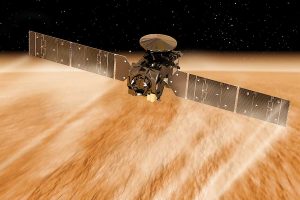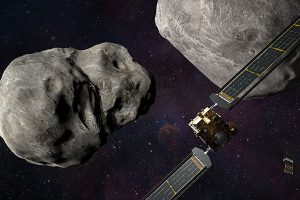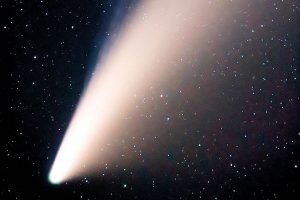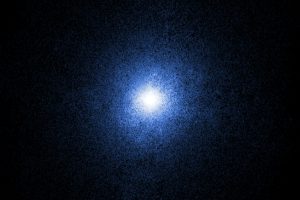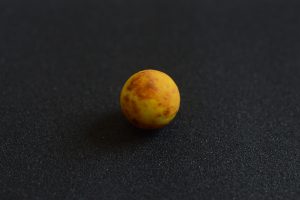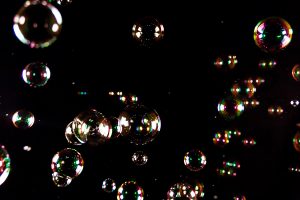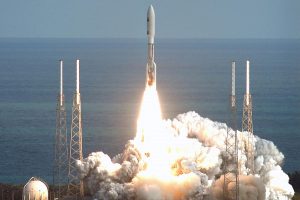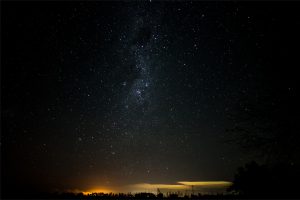Search
In early November 1572, a new star appeared in the sky. At the time, the Aristotelian worldview held that the heavens were unchanging, so the presence of a defiant star caused society to mistrust the divine order of the heavens.
Jerónimo Muñoz, a 16th-century Valencian astronomer, made important observations of the supernova that exploded in 1572, as well as eclipses, stars, and extremely precise maps.
Discovering an Earth-bound object is not the same as avoiding it. For the latter, early detection is crucial. The author considers that we can have an effective space defence system.
The street lights prevent us from gazing at their wonders and phenomena of the night sky.
The Swedish Academy has awarded Roger Penrose, Reinhard Genzel, and Andrea Ghez the Nobel Prize in Physics. What is behind this shared award? When did the debate on black holes start? An analysis by Manel Perucho.
The discovery has immediately been connected with the potential presence of life on Venus; on Earth, this gas is generated by microbian and human activity. The research team, however, remains cautious.
This section of Mètode is now twenty years old. To celebrate it, I retrieve a topic I talked about in issue 34: planetary nebulae.
The first object in the Kuiper belt visited by New Horizons after leaving Pluto was provisionally named Ultima Thule and has recently been renamed Arrokoth.
Astrochemistry studies their abundance and composition and posits potential chemical pathways that might have led to the presence of such molecules in a particular environment
El que observem des de la Terra és la llum ens arriba de punts de l’Univers tan distants a nosaltres que han necessitat tot aquest temps per arribar.


